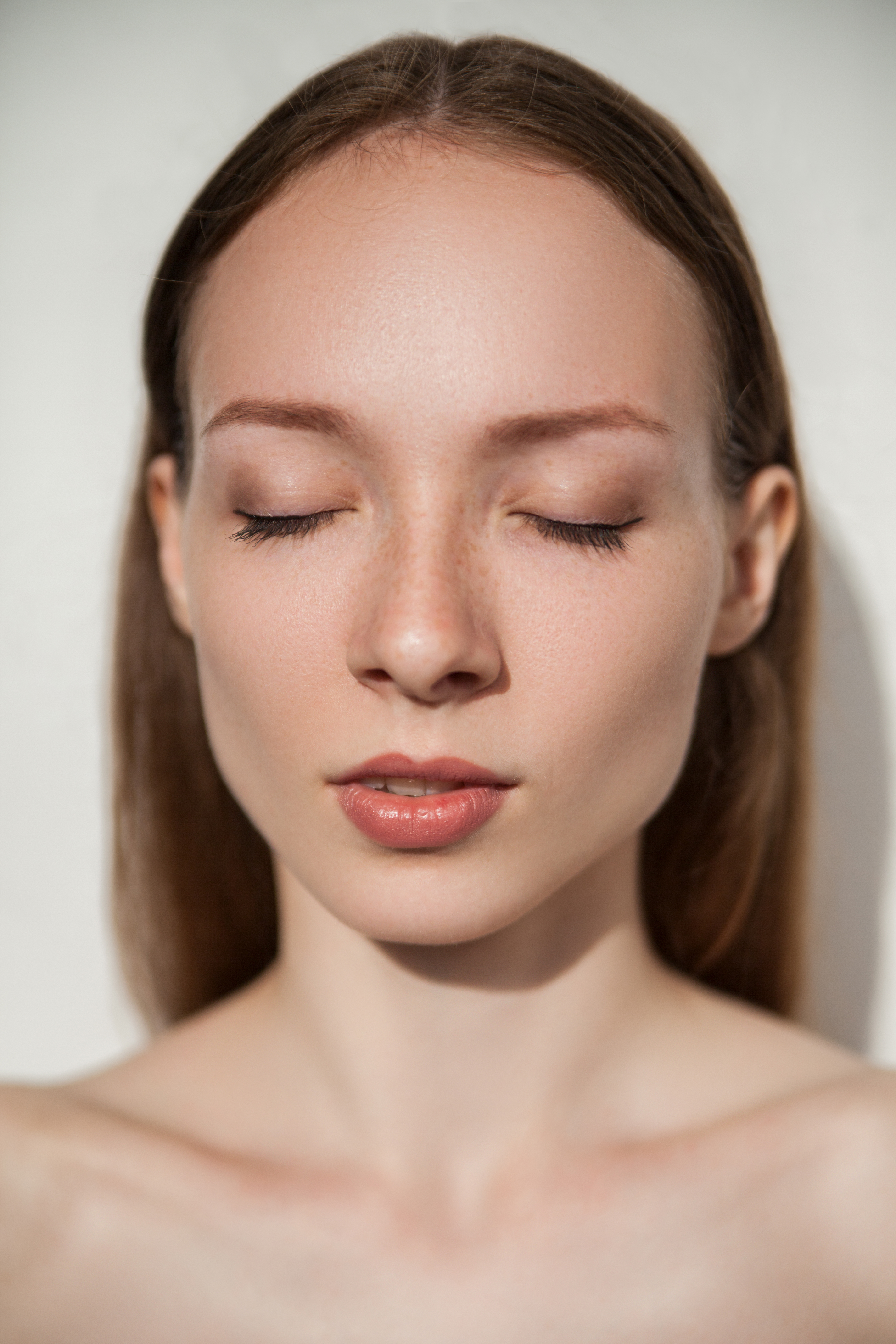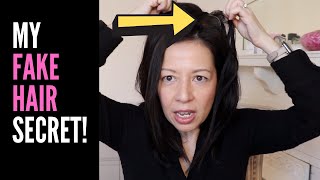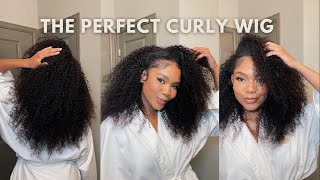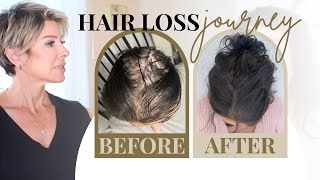Which wig is best for alopecia?
- Posted on 10 November, 2021
- Hot Topic
- By serenitybychami
Unique hairstyle adds up to unique personality for both men and women. A good hair day for any gender impacts their social integration, employment, and overall quality of life. Understandably, hair loss can have serious impact on one’s day to day life. Full or partial medical wigs for alopecia, hair extensions, concealing powders and sprays, surgical tattoos, and hair transplants are all alternatives for people suffering from hair loss.

When it comes to wearing wigs, there are numerous advantages. Not only can they offer a quick and easy answer on days when you'd rather not deal with your own strands, but they can also help preserve your natural hair from damage – until they don't.
Wigs are commonly used to treat chemotherapy-induced alopecia, advanced androgenetic alopecia, and severe androgenetic alopecia. One of the most popular and trusted treatment modalities in severe alopecia areata (AA) in wearing alopecia wigs. It plays a vital role in enhancing the self-esteem and social adjustment and thus eventually improving the quality of life.
Every layout comes with the latest social features built in. Readers will be able to easily share posts on social networks like Facebook and Twitter, view how many people have liked a post, made comments and more. With the Wix, building your online community has never been easier.
What is Alopecia?
Alopecia is the Latin word meaning hair loss, and it refers to a variety of problems. Alopecia can manifest itself in a variety of ways, resulting in distinct types of hair loss. Alopecia affects people of all ages, from children to teenagers to adults. Men and women can both suffer from alopecia.
Hair loss can occur anywhere on the body, including the scalp, eyebrows, eyelashes, and face, as well as other regions of the body. It might also take a long time to develop and recur after a long period of time.
The illness, known as alopecia universalis, can cause total hair loss and prevent hair from growing back. It's possible that hair will fall out again once it grows back. Hair loss and regeneration varies in intensity from individual to person. Alopecia areata has no known cure at this time. There are, however, therapies that can help hair regrow faster and prevent future hair loss, as well as unique strategies to conceal hair loss.
When do you know you need a wig?
Alopecia areata is an autoimmune condition where the immune cells attack the hair follicles that eventually become smaller and stop growing hair. Generally, it is hereditary.
While medical wigs for alopecia are sometimes comfortable to wear, most people did not keep them on for long periods, as they can turn warm, tight and uncomfortable; and they were frequently removed when they returned home.
Hair falls out in little spots on the scalp most of the time when there is alopecia. These patches are usually a few millimetres or less in size but should be detected on time to get the cure – medical or prosthetics. Other regions of the face, such as the eyebrows, eyelashes, and beard, as well as other parts of the body, may experience hair loss. Others have a tendency to lose it in a variety of places. Hair clumps on your pillow or in the shower may be the first sign. Someone may bring it to your attention if the spots are on the back of your head.
Alopecia areata isn't diagnosed just on the basis of hair loss. Hair loss associated with alopecia areata is unpredictable and appears to be spontaneous, according to doctors and experts. Hair can grow back and then fall out again at any time. The amount of hair loss and growing pattern varies a lot from individuals. However, once it is diagnosed, it is better to get to the doctor to understand if it is the best time to arrange for customized wigs.
Wearing wigs for alopecia
Wigs, unlike hair loss drugs, provide rapid improvements in the appearance of your hair.
You can use a wig right away to cover up bald patches and give the appearance of a full head of hair if you've been fitted for one (or if you buy one off the rack). Wigs may also seem very natural if you're ready to invest in a high-quality product, especially if you choose a style that complements your face and natural hair. There's also no need to take pills every day or apply drugs to your scalp like minoxidil to keep your "results."
A wig worn by an alopecia patient for treatment purposes is not only decorative, but also functional, similar to a prosthesis worn by a patient who has lost a limb or an eye. To distinguish it from a fashion wig, it is referred to as a "scalp or hair prosthesis."
What are the different types of wigs for alopecia?
Monofilament Wigs
Monofilament wigs are fantastic for preserving delicate scalps, and they were originally designed for ladies who were enduring severe hair loss due to things like cancer treatment or alopecia. Because monofilament wigs include a soft polyester/nylon mesh that lets your natural skin color to shine through, they are excellent at giving a realistic scalp appearance. Monofilament wigs also provide you the option of choosing your parting, with the movement of the wig giving it the most natural appearance and is one of the most popular natural-looking headgear option for alopecia patients.
Lace Front Wigs
Another of the most natural-looking wig cap constructions is lace front wigs. Lace front wigs are ideal for folks who have completely lost their hair due to alopecia. They keep your wig in place all day. The non-slip poly strip at the front of the wig is unnoticeable yet quite effective in keeping the wig in place. Lace front wigs are especially wonderful for women who have hair loss at the front hairline or severe thinning as a result of androgenetic alopecia, because the wig may be styled in any way you like thanks to the invisible lace.
Hand Tied Wigs
Hand knotted wigs are excellent wigs for alopecia sufferers, and they're especially good for those who have completely lost their hair. This style is free of wefts, which is great for those who wish to avoid irritating their delicate scalp. Hand-tied wigs are also known for their meticulous attention to detail. The natural appearance is ideal for women who have lost all of their hair and will be wearing the wig for the most of the time. You can pick a style that closely resembles your natural hair, and no one will know you're wearing a wig!
Human Hair Wigs
Because human hair wigs are created from natural hair, they are as real and realistic looking as they come. Wigs made of human hair are more expensive than synthetic hair wigs. If you're wondering where the hair for these wigs originates from, it comes from all over the world, including Europe, China, Africa, and a variety of other places. Whatever is your hair style choice – long hair, short hair or shoulder look hair, human hair wigs can be a perfect choice.
To find out more about the types of wigs and whether you can get the type you are looking for, visit https://www.serenitywigsalon.com/.




